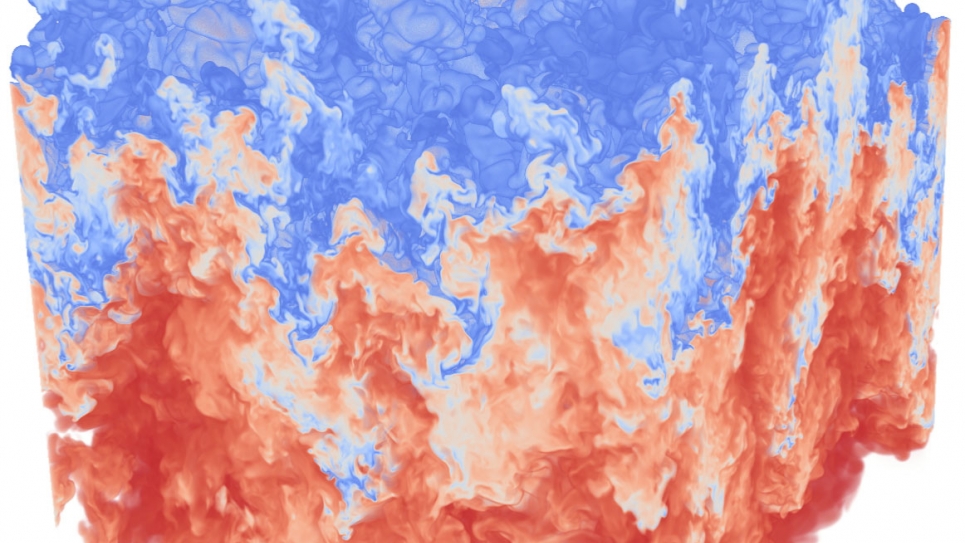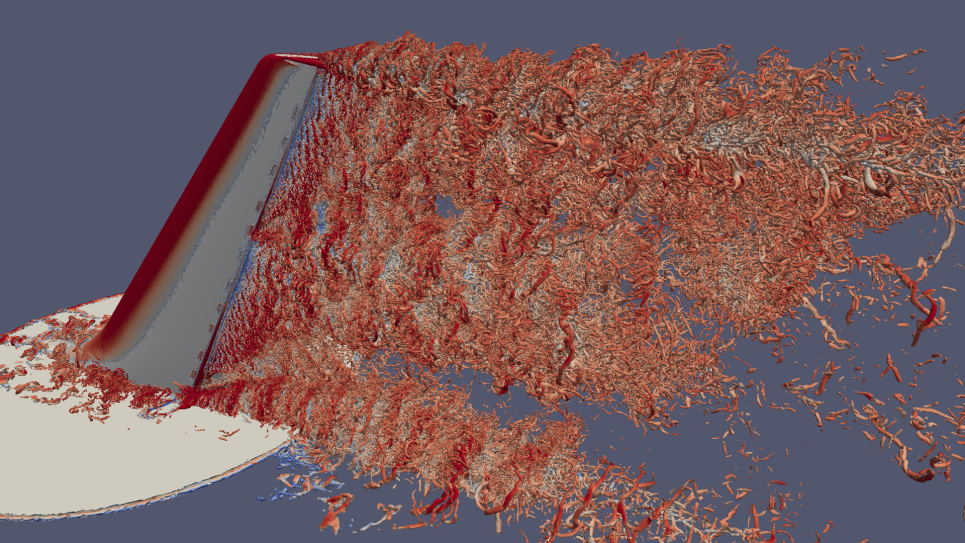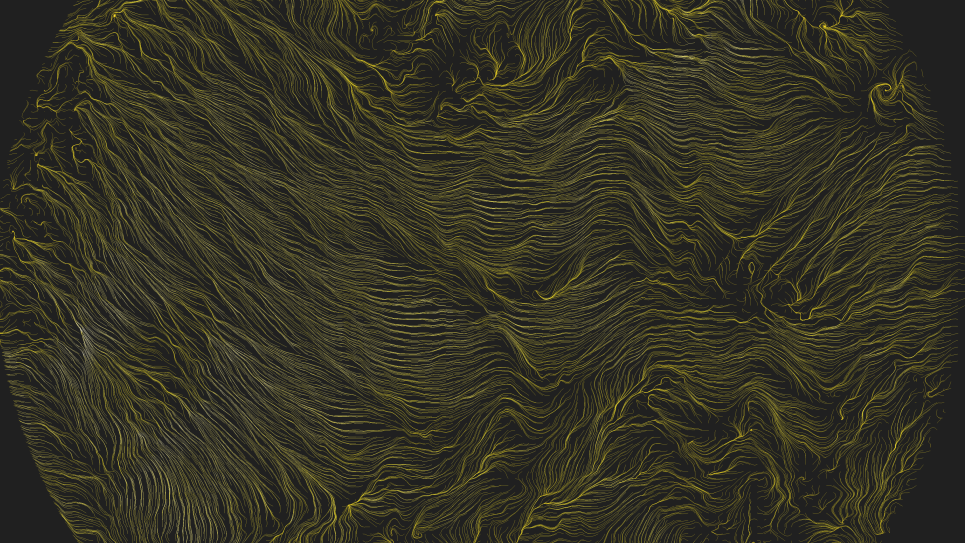
Multiscale Physics of the Ablative Rayleigh-Taylor Instability
The Rayleigh-Taylor Instability (RTI) is a ubiquitous flow phenomenon occurring in numerous natural and engineered systems in which buoyancy forces exist. RTI is a major obstacle to current efforts to realize nuclear fusion as a viable and virtually limitless energy source via inertial confinement fusion (ICF); thus, DOE’s ICF program is making a significant effort to account for RTI’s effects in large-scale simulations of ICF implosions in both two and three dimensions. Another factor is ablation (or mass evaporation) caused by a heat source such as a laser or the hot spot in laser-driven plasmas that occurs in many RTI flows (e.g., supernova explosions, molecular clouds).
Small-scale perturbations in the ablative RTI (aRTI) are often neglected because they are linearly stable when their wavelength is shorter than a linear cutoff. Using our previous allocation, we have shown that linearly stable modes of any wavelength can be destabilized. This instability regime requires finite amplitude initial perturbations, and linearly stable aRTI modes are more easily destabilized in 3D than in 2D. One surprising result: for conditions found in laser fusion targets, short-wavelength aRTI modes are more efficient at driving the mixing of ablated material throughout the target because the nonlinear bubble density increases with the wave number, and small-scale bubbles carry a larger mass flux of mixed material. These findings have important ramifications for modeling efforts in implosion physics, astrophysics, and combustion science.
Research objectives for 2018 include simulating: (1) a suite of two- and three-mode perturbations to address how ablation changes RTI evolution, and (2) a suite of broad-band turbulent mixing.

